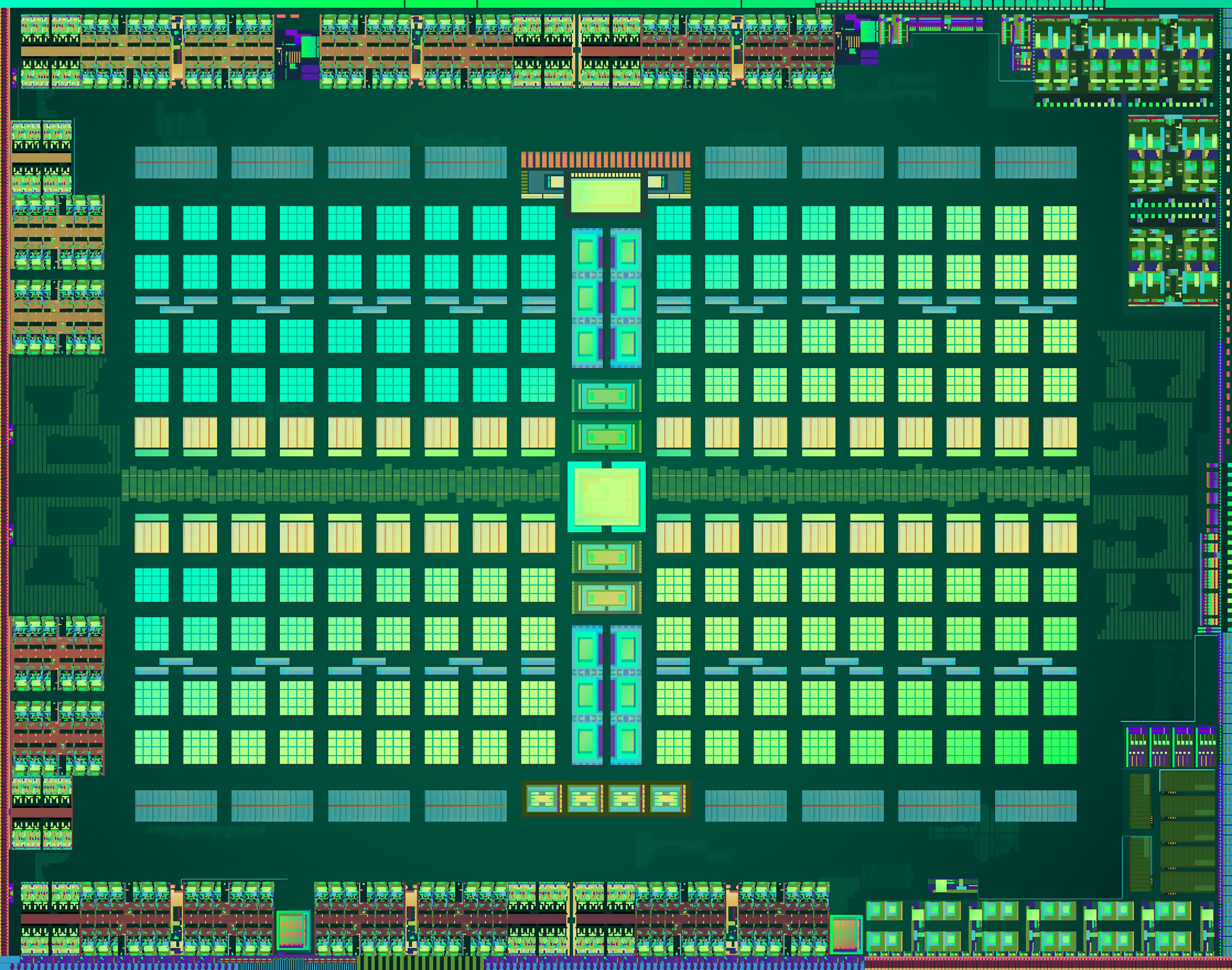The goal of those new API is to get rid of the ineffiency of current API, and the mismatch of their representation vs what happens in real.
I'm not too keen on moving to new API, (but I'd pick Mantle/Vulkan over D3D12 any day) because GPU still aren't at the level I'm interested in when it comes to virtual memory management.
At least there are a lot fewer black boxes and magic going on ;p
I'm not too keen on moving to new API, (but I'd pick Mantle/Vulkan over D3D12 any day) because GPU still aren't at the level I'm interested in when it comes to virtual memory management.
At least there are a lot fewer black boxes and magic going on ;p


